THE MOST ANCIENT TEMPLES IN THE WORLD

Since time immemorial, numerous temples have been built that are considered to be one of the greatest creations of ancient civilisation.Temples are monuments of immense antiquity that tell stories of civilizations long ago.
Built as places of worship and symbols of cultural identity, these structures are evidence of humanity’s connection to spirituality. Across continents, ancient temples stand as awe-inspiring relics of history, offering a glimpse into the past. In this article, we explore some of the world’s oldest and most remarkable temples, their fascinating stories, and their enduring significance.
The Oldest Temples Around the Globe
1. Göbekli Tepe – Turkey
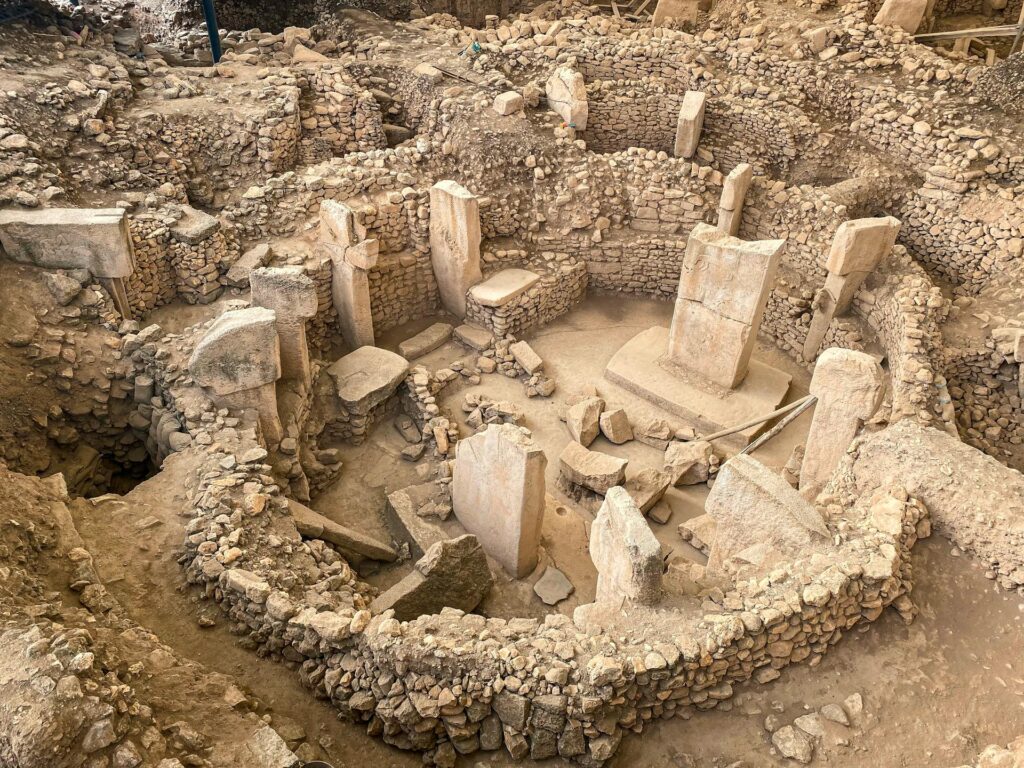
- Location: Southeastern Turkey
- Built Around: 9600 BCE
- Many of the temples built since ancient times are considered to be some of the greatest masterpieces of antiquity. While some were built by the dynasties that had them built, some are thought to have been built due to spiritual pursuits. Despite being over 11,000 years old, its exact purpose remains a mystery. Some believe it was a spiritual center for rituals, while others see it as evidence of early human collaboration.
2. Stonehenge – England
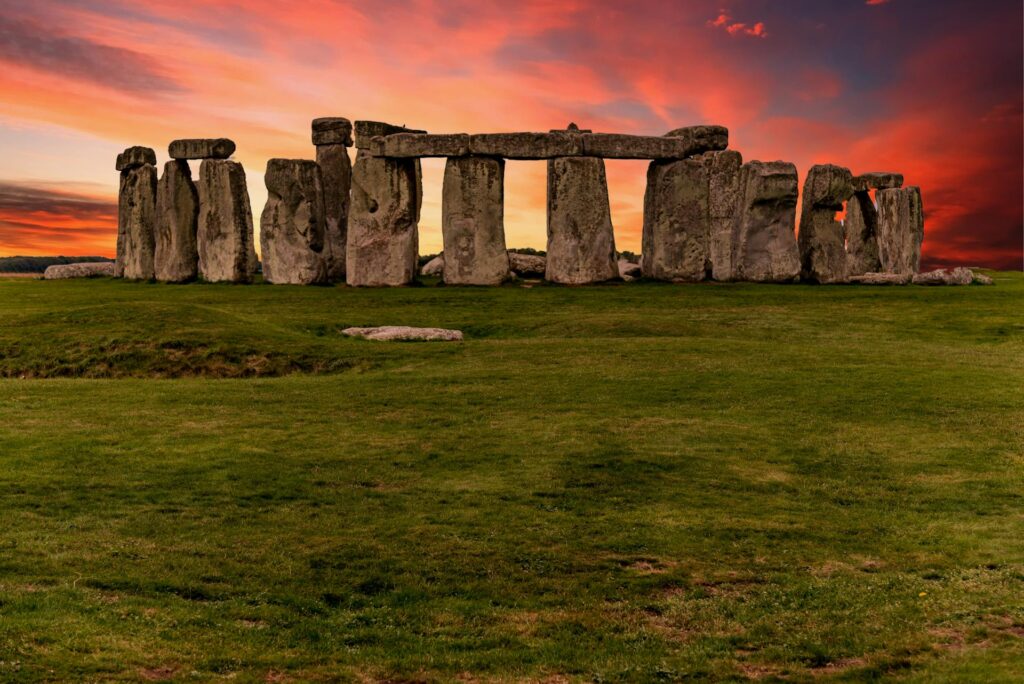
- Location: Wiltshire, England
- Built Around: 3000 BCE
- While Stonehenge’s exact function is debated, many consider it a spiritual monument. Aligned with the solstices, this prehistoric structure is considered a site for celestial worship or ceremonies. Its construction, involving the transportation of massive stones from miles away, is still a marvel of ancient engineering.
3. Ziggurat of Ur – Iraq
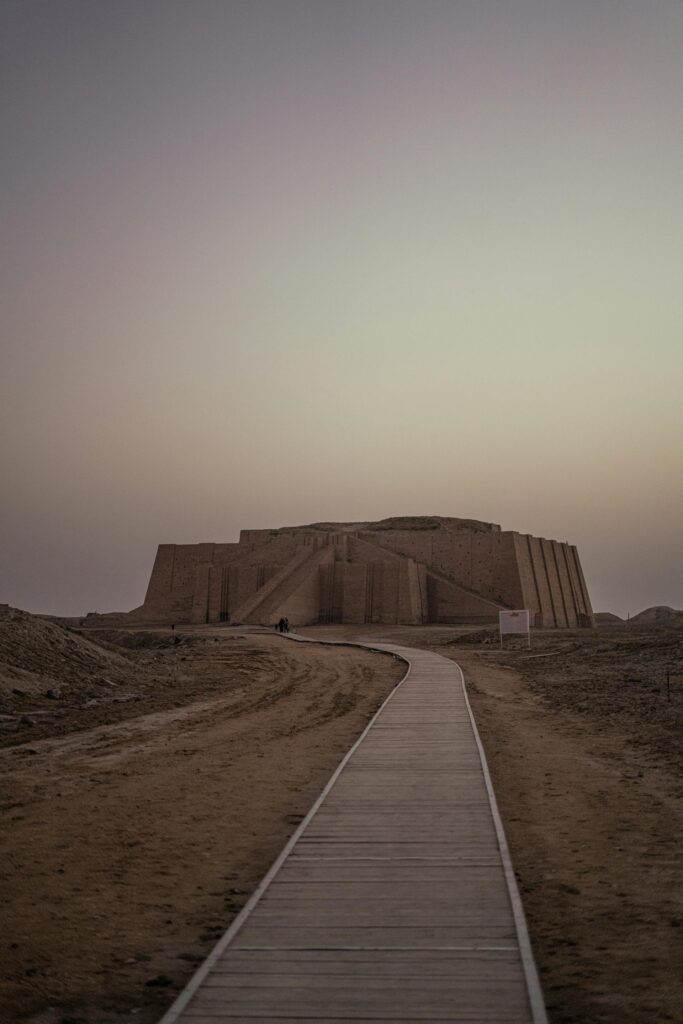
- Location: Dhi Qar Province, Iraq
- Built Around: 2100 BCE
- The Ziggurat of Ur is a grand structure from ancient Mesopotamia that served as a temple dedicated to the moon god Nanna. Constructed by the Sumerians, this multi-level pyramid-like temple was central to religious practices and governance. Its design influenced later monumental architecture, including pyramids.
4. Temple of Amada, Egypt
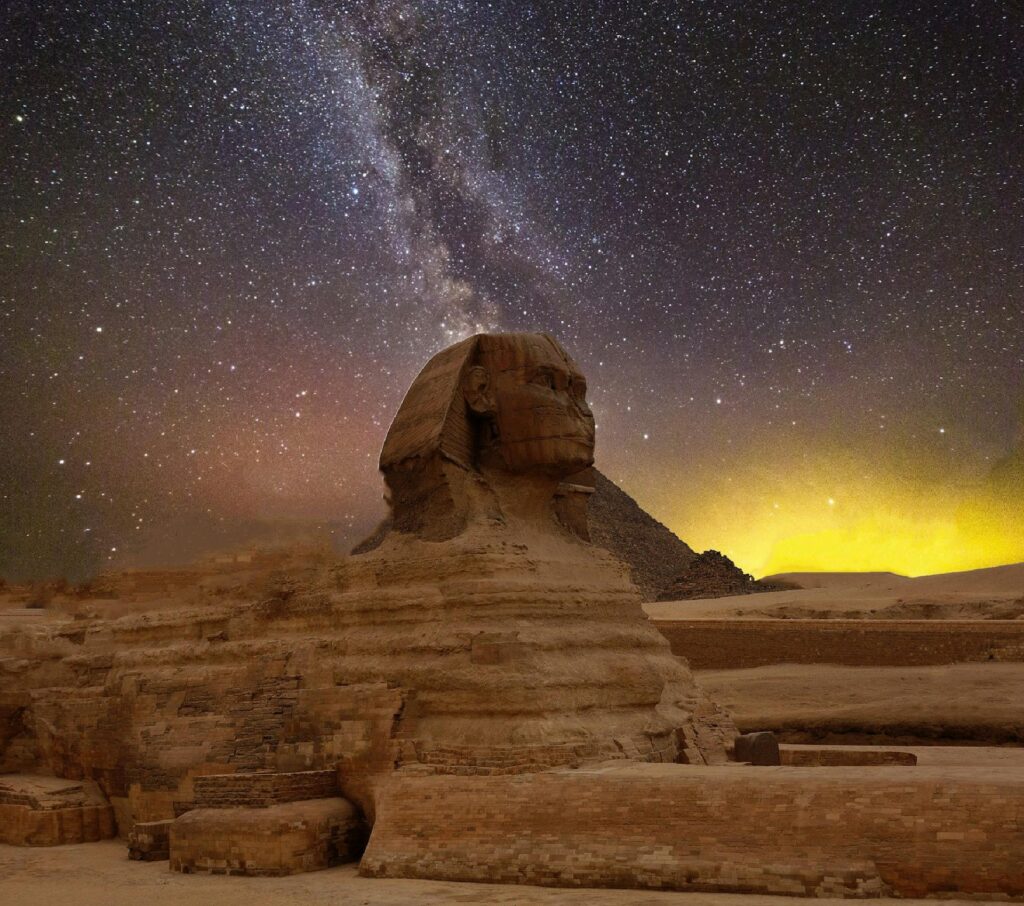
- Location: Egypt
- Built Around: 15th century
- Constructed by the Egyptian Pharaoh Thutmose III in 15th century, it’s one of the oldest temples of Nubia, Egypt. It holds a great historical importance and features significant historical inscriptions inscribed on the interiors. If records are to go by, this temple has gone through a lot of alterations and renovations throughout the centuries, whereas scenes from Egypt’s 19th dynasty can be witnessed on the walls that depict Egyptian history. This temple is a must-visit for some adventure in Egypt.
5. Karnak Temple Complex – Egypt
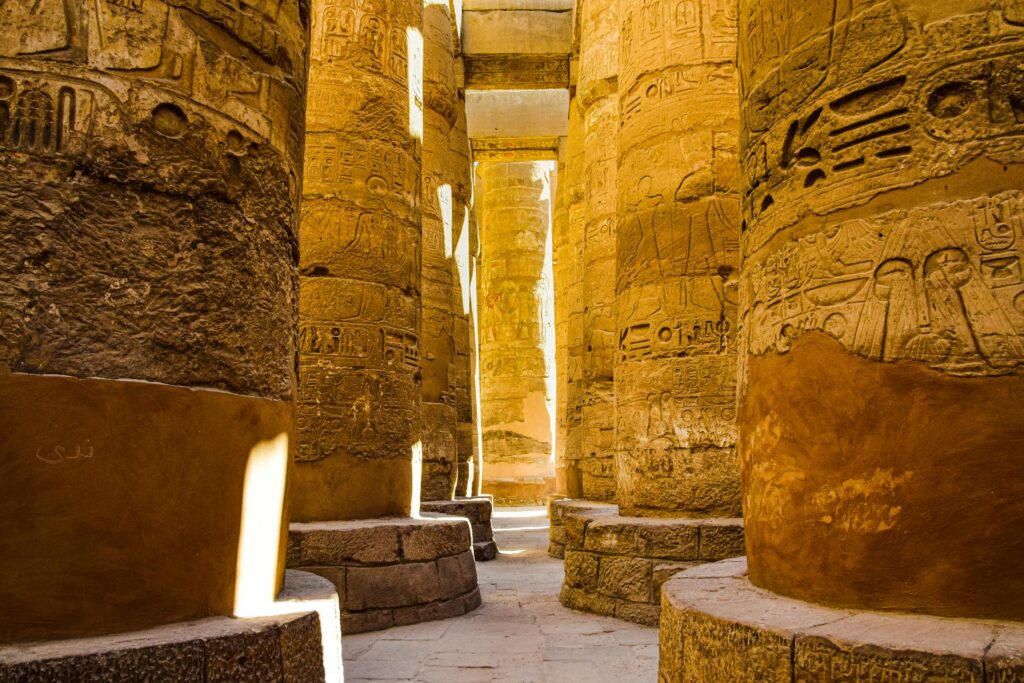
- Location: Luxor, Egypt
- Built Around: 2000 BCE
The Karnak Temple Complex is a vast collection of chapels, temples, and towers. Dedicated primarily to Amun-Ra, it was the epicenter of religious life in ancient Egypt. Its massive columns and detailed inscriptions are a window into the grandeur of Egyptian civilization.
6. Mundeshwari Devi Temple – India

- Location: Bihar, India
- Built Around: 108 AD
One of the oldest functional temples in the world, the Mundeshwari Devi Temple, is dedicated to Lord Shiva and Shakti. This Hindu temple showcases intricate carvings and reflects India’s deep spiritual traditions.
7. Borobudur – Indonesia

- Location: Central Java, Indonesia
- Built Around: 9th century CE
Borobudur is the largest Buddhist temple in the world and a UNESCO World Heritage Site. This temple is a masterpiece of design, with nine stacked platforms adorned with over 2,600 relief panels and 500 Buddha statues. It symbolizes the path to enlightenment in Buddhist philosophy.
Must Read: Travel Destinations In North India
Conclusion
The historic temples around the globe are not just made of stone and mortar but also represent sacred markers of human history and creativity. Every temple has its own special tale to share, providing insight into the religious and cultural customs of those who came before us.
Frequently Asked Questions (FAQ)
1. What is the oldest temple in the world?
The Göbekli Tepe in Turkey is widely regarded as the oldest known temple in the world, dating back to around 9600 BCE. It was constructed during the Neolithic period, long before the advent of farming or settled societies. This temple consists of massive stone pillars arranged in circles, intricately carved with animal motifs.
2. What makes a temple ancient?
A temple is considered ancient based on:
- Age: Typically built thousands of years ago, often predating recorded history.
- Cultural Significance: Its role in shaping or reflecting ancient societies.
- Architectural Techniques: Unique methods or materials used for construction that highlight early innovation.
- Religious Importance: Its connection to early spiritual practices or rituals.
3. Are ancient temples still used for worship?
Some ancient temples, like the Mundeshwari Devi Temple in India, are still active places of worship. However, others, such as the Göbekli Tepe or Stonehenge, serve primarily as historical or archaeological sites. Temples that remain functional often maintain their religious practices and host festivals or rituals.
4. How were ancient temples preserved for so long?
The survival of ancient temples depends on factors such as:
- Durable Materials: Many were built using stone, which withstands weathering better than other materials.
- Isolated Locations: Temples in remote areas faced fewer human-caused disturbances.
- Restoration Efforts: Modern preservation techniques, such as cleaning, repairing, and protecting structures from environmental damage, help maintain their condition.
Despite these efforts, some temples are in ruins due to natural disasters, wars, or neglect over centuries.
5. What architectural styles are seen in ancient temples?
Ancient temples exhibit diverse architectural styles depending on their region and era. Examples include:
- Megalithic Structures: Seen in Göbekli Tepe and Stonehenge, these were built with massive stones.
- Pyramidal Designs: Common in Egypt (e.g., Pyramids of Giza) and Mesopotamia (Ziggurats).
- Intricate Carvings: Found in Hindu and Buddhist temples like Borobudur and Mundeshwari Devi Temple.
- Columnar Styles: Prominent in Greek temples like the Parthenon.
6. Can visitors explore these ancient temples?
Yes, many ancient temples are open to tourists. Here are some tips for visiting:
- Check Accessibility: Some sites, like Göbekli Tepe, require guided tours.
- Follow Rules: Respect local customs and guidelines, such as dress codes and restricted areas.
- Best Time to Visit: Early mornings or off-peak seasons are ideal to avoid crowds.
- Hire a Guide: A local guide can enhance your experience by explaining the temple’s history and significance.
7. Why were ancient temples built?
Ancient temples served multiple purposes, including:
- Spiritual Centers: Places for worship and rituals dedicated to gods or celestial events.
- Community Hubs: Locations for festivals, gatherings, and societal ceremonies.
- Markers of Power: Many rulers constructed temples to showcase their devotion and authority.
- Astronomical Observatories: Some, like Stonehenge, were aligned with celestial phenomena.
8. What challenges do ancient temples face today?
Preserving ancient temples is challenging due to:
- Environmental Damage: Weathering, erosion, and natural disasters.
- Tourism Impact: Large crowds can cause wear and tear on fragile structures.
- Neglect: Lack of funds or expertise for proper maintenance.
- Urban Development: Expansion of cities often threatens archaeological sites.
Efforts by organizations like UNESCO aim to protect and restore these invaluable landmarks.
9. Are there any mysteries surrounding ancient temples?
Yes, many ancient temples are shrouded in mystery, such as:
- Göbekli Tepe: Its purpose is still debated—was it a spiritual center or something else?
- Stonehenge: How were the massive stones transported and what rituals were performed there?
- Pyramids of Giza: The precision and techniques used in construction remain astonishing for their time.
These mysteries continue to intrigue archaeologists and historians.
10. How can I support the preservation of ancient temples?
To help preserve these historical treasures, you can:
- Visit Responsibly: Follow guidelines to minimize your impact on the site.
- Donate: Contribute to organizations involved in restoration and preservation.
- Spread Awareness: Share knowledge about ancient temples to inspire others to value and protect them.
- Participate in Conservation Efforts: Volunteer for preservation projects if opportunities arise.

Pingback: hindu temple in pakistan » Mythic Journeys
Pingback: Richest temple in india » Mythic Journeys